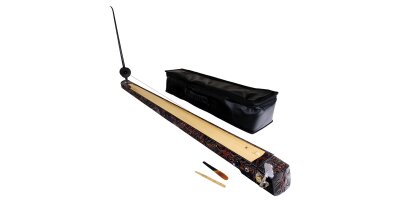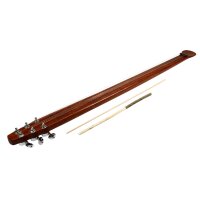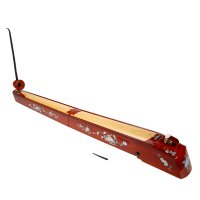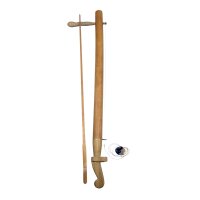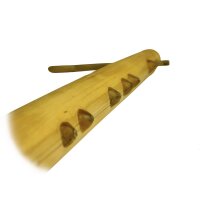Stringed Instruments
To the lay person stringed instruments are mainly violins, violas, cellos, etc., thus instruments which are played with a bow. Many people also include the guitar among these. At least it also possesses clearly visible strings, but the player plucks and taps it.
This also applies to our older - and in this country lesser known - stringed instruments. They originate from countries and regions, which are insignificant in today's profit-oriented world, but where they have preserved their traditions. Music is an important element of this. And so, in Vietnam, India and South America as well as in parts of Africa, one can still find stringed instruments whose sounds seem a little strange to our ears, but are still very appealing:
For example, the Gopichand from North and West India. It consists of two bamboo sticks with a string and a soundboard. The player is able to modulate the tones continuously. It creates sounds similar to those made by a banjo.
Much more simply constructed is the mouth bow, which can be found in Africa and America. On a curved piece of wood, a string of fibers is attached which the player player plucks or taps. The oral cavity serves as soundboard. The player reopsitions lips and palate so that he can modulate the individual chimes.
The Dan Bau originated in Vietnam and since the late 18th century has been known in its current form. The single-stringed stick zither and/or monochord with a bamboo stick and a coconut shell which serves as a soundbox produces typical flageolet sounds. For this, the player has to press on the string and simultaneously tap it with a rod.
Most traditional stringed instruments don't need a bow. It's different for the K'ni mouth violin. It has merely a single string and a violin bow is required to make it sound. It is usually also made of bamboo. The player taps the string with it or bows over it. This kind of violin bow bears little resemblance to the highly specialized ones we know today. Nevertheless, they produce beautiful sounds.


